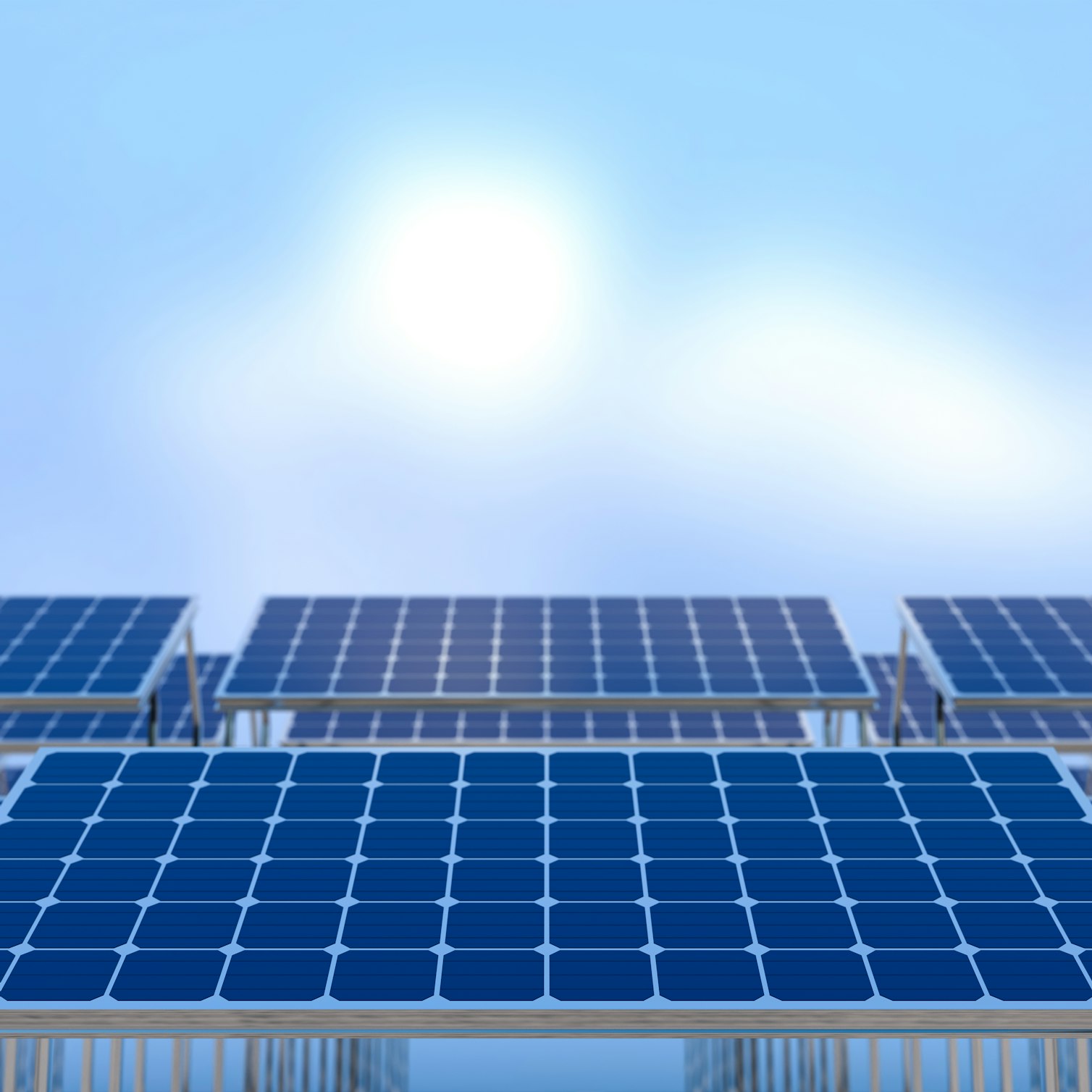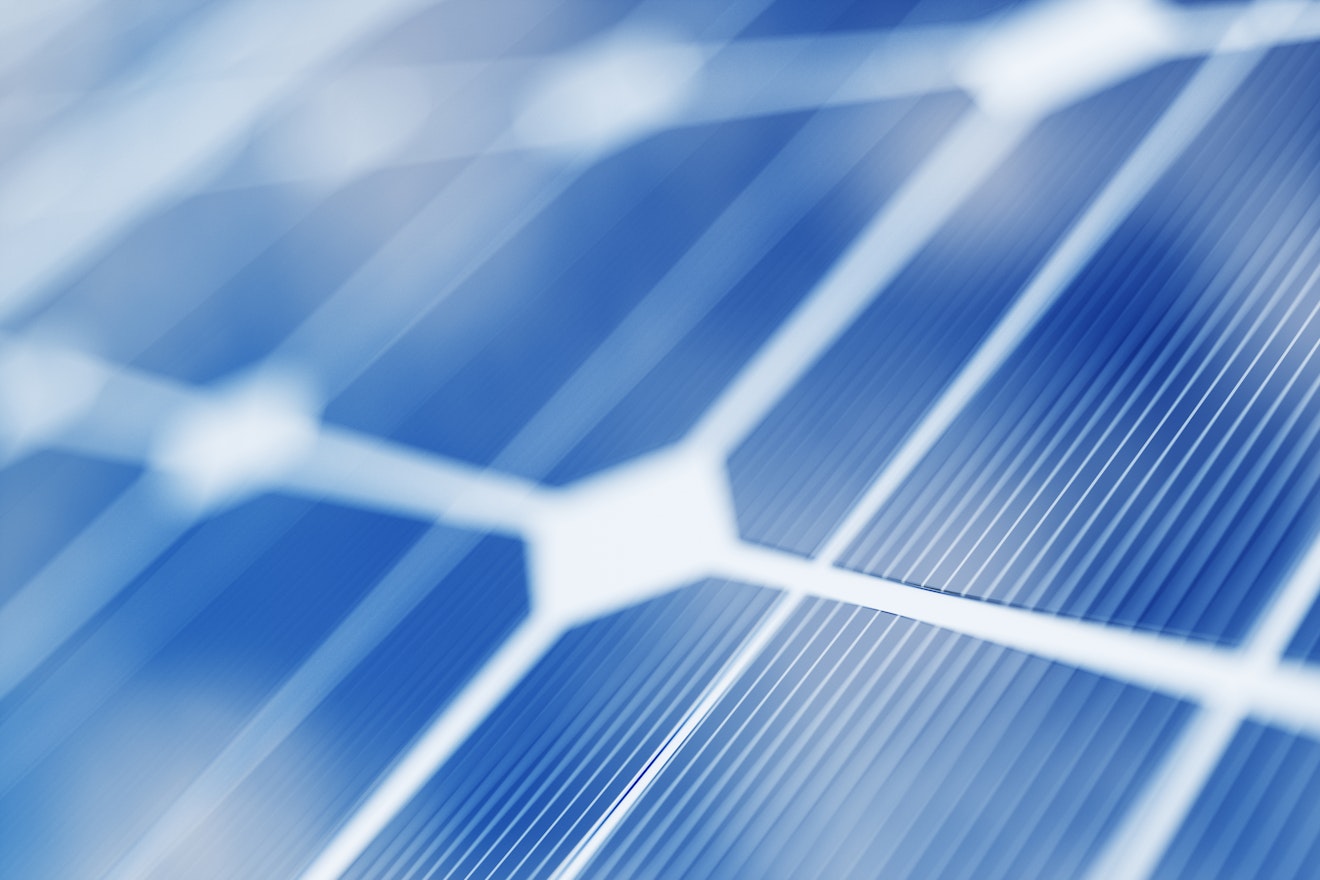- Solar energy blog
- Heterojunction Technology: The Future of Solar?
Heterojunction Technology: The Future of Solar?
Could heterojunction (HJT) technology be the next wave in solar power?
This cutting-edge PV cell is on its way to taking 15% of the global solar market share by 2030. Demand is so brisk that manufacturers are expanding production and investing in its development. But what’s driving this trend? In this blog, we discuss what heterojunction technology is and its potential to reshape the solar landscape.



Content
What is heterojunction technology?
Key takeaway: HJT combines the strengths of two silicon types — monocrystalline and amorphous — within a single solar cell. A center layer of monocrystalline silicon is sandwiched between two thinner layers of amorphous silicon, resulting in a hybrid design that boosts performance.
It might sound like brand-new technology, but HJT has existed for over three decades. Japan’s Sanyo Electric (now a Panasonic company) first developed these modules in 1992. When its patent expired in 2010, HJT entered the public domain, making it possible for other companies to refine its efficiency.
Watch this session by Jorge Masa at Pulse 2024, looking at the rise, development and production overview of HJT & HIT PV modules. In this talk, he details the future of PV generation technology and how its design, manufacturing, and performance are challenging the industry's status quo.

Anatomy of an HJT solar cell
Heterojunction technology layers different types of silicon to capture more sunlight and generate more electricity.
HJT solar cells start with a base layer of monocrystalline silicon wafers, which are light-converting materials known for their high efficiency and long-term performance. Compared to the polycrystalline silicon used in traditional panels, monocrystalline allows for better movement of electrical charges (carriers) and is less prone to light-induced degradation.
This monocrystalline silicon wafer is then sandwiched by ultra-thin layers of amorphous silicon (a-Si), a component widely used in thin-film solar technologies. These layers act like shields. They minimize imperfections on the surface and prevent electrical charges from losing energy within the cell, keeping it working efficiently.
To be suitable for use in HJT cells, a-Si undergoes a special treatment that corrects internal flaws and allows for precise doping with specific elements. Doping fine-tunes its electrical properties and makes integrating within the HJT structure easier. More specifically, doping creates P-type and N-type regions, forming a P-N junction that converts sunlight into electricity.
Finally, a layer of Indium Tin Oxide (ITO) is applied to the cell’s surface. ITO allows most of the sunlight to pass through while efficiently collecting the electricity generated.
To complete the design, ultra-thin metal electrodes are strategically placed on the top and bottom of the cell to collect current without significantly shading the underlying silicon.
What are the benefits of heterojunction technology?
Because of its characteristics, HJT may be a stronger and more sustainable option for specific utility-scale solar projects:
Superior efficiency
HJT cells outperform current industry standards with efficiencies exceeding 22% — notably higher than the typical 20% seen with PERC modules. They can generate more electricity per square meter of solar panel, allowing you to optimize land usage or potentially reduce your solar farm’s overall footprint.
Better temperature behavior
Unlike traditional solar panels that experience performance drops under high heat, HJT has lower temperature coefficients, making it suitable for solar farms in warmer climates. Even in hot weather, there’s minimal efficiency loss, so you can rely on consistent and predictable electricity production.
Increased bifaciality
HJT modules can capture power from both sides of the panel. With bifaciality factors up to 90%, they may perform better than TOPCon and PERC systems in high albedo environments — such as in solar farms with gravel ground cover where they can harness additional reflected sunlight.
Improved longevity
HJT technology maintains over 90% power output even after 30 years. This durability also minimizes maintenance and replacement costs.
Less susceptible to Light Induced Degradation (LID)
Traditional solar panels experience a slight drop in efficiency during the initial stages of exposure to sunlight. HJT cells are less susceptible to LID because of their N-type silicon construction.
Cost-effective manufacturing
HJT cells also require fewer manufacturing steps and employ lower-temperature processes. This may reduce your project’s overall energy consumption and carbon emissions.
To discover more global trends in the renewable landscape, download our latest 2024 Trends: Renewable Energy & Solar Research Report to gather insights, stats, and opinions on the current state of the renewables sector. The report draws from an industry survey and analysis of solar simulations carried out on the RatedPower Platform.
Single junction vs. heterojunction technology: What's the difference?
Single junction technology is the most prevalent type of solar cell. As its name suggests, it uses a single layer of semiconductor material (typically silicon) to convert sunlight into electricity. This material’s band gap limits the range of sunlight wavelengths it can absorb.
In contrast, heterojunction technology uses two different semiconductor materials with different band gaps. This design does two things: it broadens the spectrum of sunlight colors the cells can capture and amplifies the cell’s ability to convert sunlight into electricity.
In terms of theoretical efficiency, these two technologies are almost equal: Single junction cells reach 29.2% and heterojunction cells reach 29.4%. However, heterojunction cells win when it comes to practical efficiency because they last longer and handle heat better. And, as production costs continue to decline, HJT may be on its way to becoming the leading choice for high-performance silicon solar cells.

What does heterojunction technology's future hold?
Many PV experts predict that it will soon dethrone single-junction PERC, the current king of solar panels.
The numbers seem to point that way. HJT’s production cost should drop to $0.20 per watt in five to six years — that’s less than half the $0.46 per watt it costs to produce complex PERC systems.
Given these market trends, it’s safe to say that HJT’s future is optimistic. If successful, HJT could lead the charge in the next era of solar power. Even if adoption takes longer than expected, the fierce competition will fuel continuous breakthroughs across the solar industry.
Optimize your solar project’s potential with RatedPower
Are you wondering if HJT is right for your project? RatedPower is the most efficient way to compare and analyze different PV module technologies for your utility-scale solar power plant. Our platform’s precise simulation capabilities allow you to assess performance, power voltage, and current coefficients in one place.
RatedPower’s high-performance features simplify solar panel selection. Set different technologies side-by-side — considering factors like efficiency, cost, and land use — to find the best balance between performance and affordability.
With our intuitive tools, you can define specific capacities, compare installed areas, calculate light-induced degradation, and much more in a few clicks. RatedPower can even automatically generate energy yield reports and detailed bills of quantities to help you communicate your project’s technical merits and value proposition to investors.
See RatedPower in action as our product manager, Jorge Masa, demonstrates how to compare different modules using our platform.
Latest stories
Related posts
Technology and engineering
Outsmarting congestion: How efficient solar design helps navigate Nordic grid limits
Learn how Nordic operators and solar developers are adjusting to tighter grid conditions and how policy and design decisions are keeping projects on track.
Updated 16 DEC, 25

Technology and engineering
The rise of ultra-thin perovskite solar cells
Learn about Japan’s $1.5B initiative to commercialize ultra-thin, flexible perovskite solar cells and how it could transform the solar landscape globally.
Updated 30 SEP, 25

Technology and engineering
The green hydrogen boom in LatAm
Latin America is emerging as a green hydrogen leader. Learn how LatAm countries are leveraging solar and wind power to drive green hydrogen production.
Updated 22 JUL, 25

- RatedPower
- Solar energy blog
- Heterojunction Technology: The Future of Solar?
 Watch a demo
Watch a demo Ask our AI Product Expert
Ask our AI Product Expert

